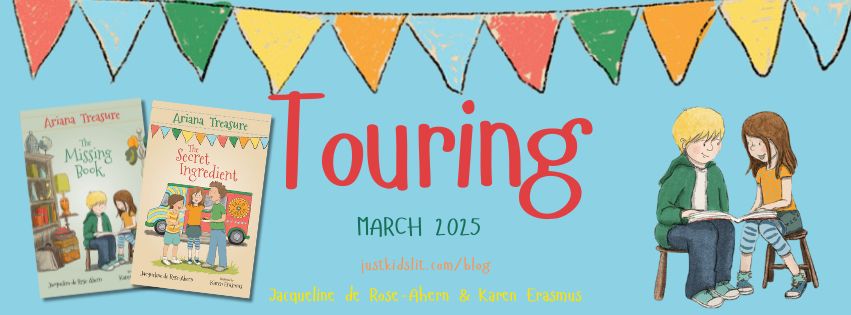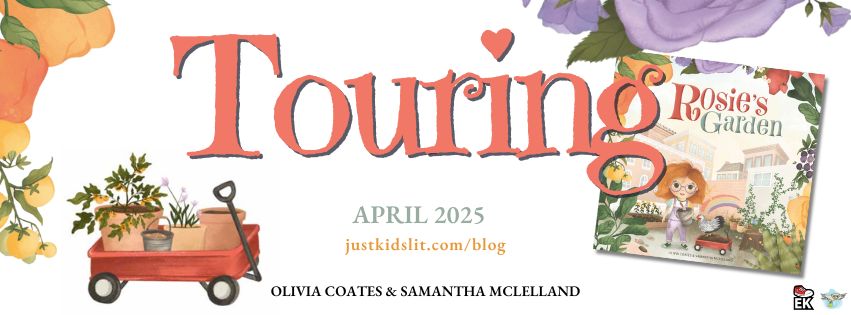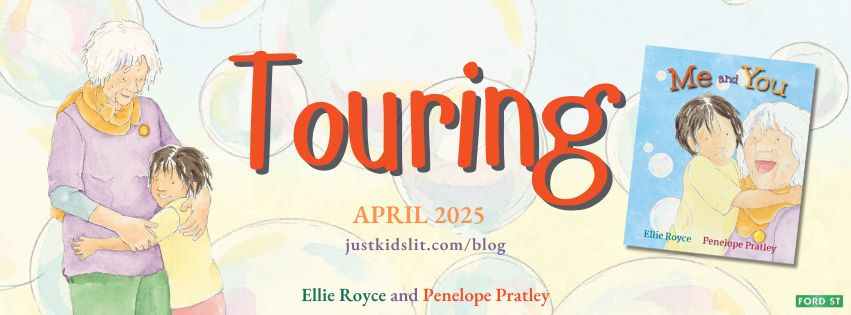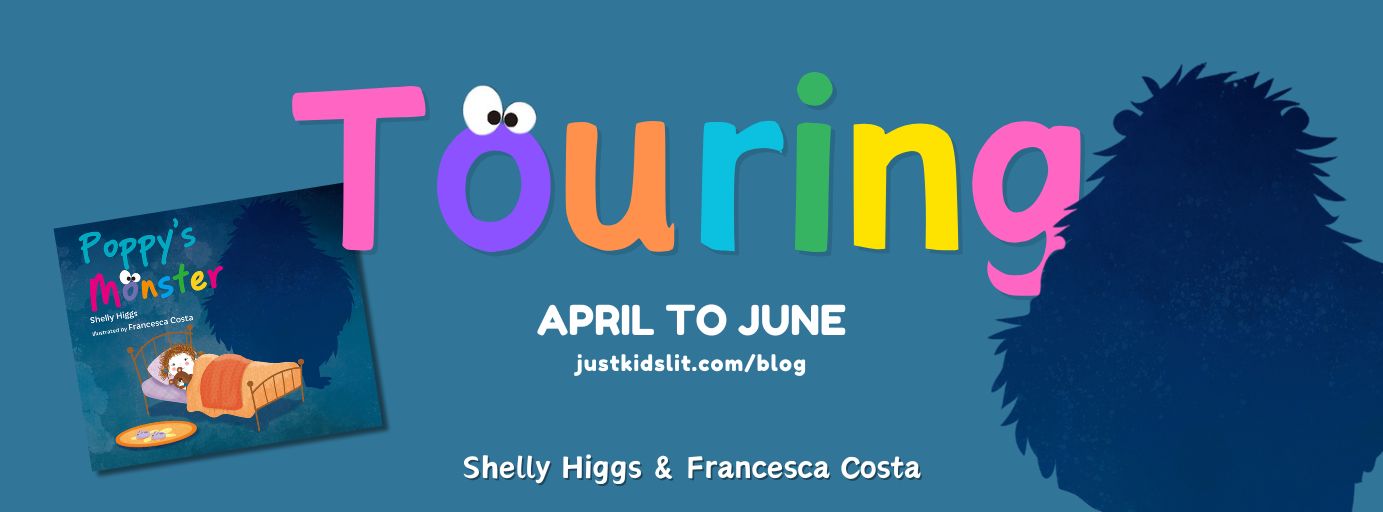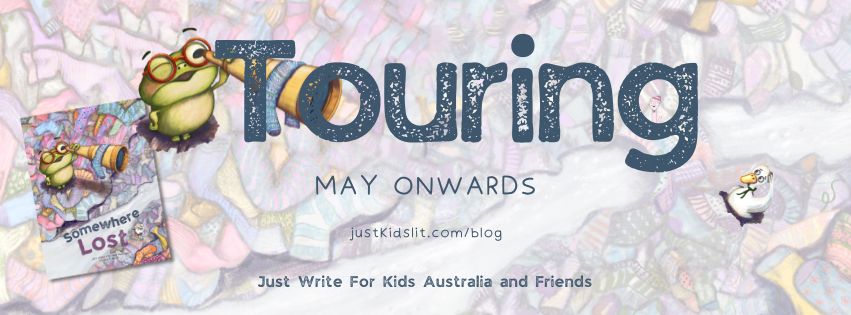The All New Must Have Orange 430, Michael Speechley (author/illus.), Penguin Random House, 2018
Synopsis: Harvey owned a heap of stuff, but could always use more. The ORANGE 430 was the latest and the greatest. Harvey wasn’t sure what it did, but he had to have it! A cheeky picture book for anyone who’s bought a thingy or whatsit . . . and doesn’t quite know why. In his debut picture book, Michael Speechley explores our obsession with stuff in a fun and edifying way.
Debut author and illustrator Mich ael Speechley addresses the issues of consumerism, spending, consumption and related topics in a kid-friendly way in this fun, quirky, yet thought-provoking picture book.
ael Speechley addresses the issues of consumerism, spending, consumption and related topics in a kid-friendly way in this fun, quirky, yet thought-provoking picture book.
Parents who are sick of their kids begging for the latest toy or nasty plastic “collectors’ items” from supermarkets and the like are sure to connect with this story. Children will no doubt find it illuminating, too, as they start to understand some of the negative impacts of consumerism and our society’s obsession with “stuff” that doesn’t last long or even, in fact, do much at all.
In the book, the main character Harvey wants anything new and shiny. When he finds out about the Orange 430 he of course has to have it, even though, as observant kids will note on the illustration of the item’s box early on, it is a Useless Object. Readers will identify with Harvey’s search for spare cash in pockets and couch cushions, as well as his realisation that the thing he thought he wanted so badly isn’t actually much fun once he gets it home.
Upon trying to return the Orange 430, Harvey meets other children who have been similarly conned (adult readers will notice the allusion to the advertising industry here!). They soon discover there’s more fun to be had with the boxes their items came in – introducing the theme of creativity and the benefits of the imagination – and so they then consider ways their savings could have been better spent on useful goods, such as bikes, art equipment, musical items, tickets, books and more.
A revolt happens as the children join forces to turn away from spending their money on unnecessary goods, a plot point that is timely given the recent activism of young people around the world. The story also helps to teach young readers about money and the concepts of spending and saving, which is something I haven’t really seen done in picture books before, but which I really commend. The end of the book also highlights the negative impact of “stuff” on the planet, which makes for another helpful prompt for discussion.
The text in this cautionary tale is longer than most picture books these days, but is broken up across the page in a reader-friendly way for young children. It flows well and is quite humorous and rhythmical too, so kids will be entertained all the way through.
The illustrations, also done by Speechley, are comical and add many layers to the book. Teachers will enjoy how kids’ visual literacy will be tested by the story, since much can be picked up in the pictures, and children will be able to notice more details on each reading.
The drawings have a bit of a comic-book style, and the expressions on characters’ faces throughout will have readers of all ages cracking up. Speechley’s illustrations are done in mostly sepia, with a few pops of white and some bright shades. The lack of colour on the pages helps to highlight the bleak nature of the wide-spread consumerism, and the feeling of being boxed in by an obsession with buying things. Personally, I would have loved to have seen a bit more colour and hope used at the end to convey how making better choices can make a positive difference, but I do understand why things were left more oblique and realistic.
The book is suitable for children aged around six years and up. Due to the concepts it explores, it’s best for older picture-book readers.
Please note: The publisher provided a complimentary copy of the book in exchange for an honest review.






